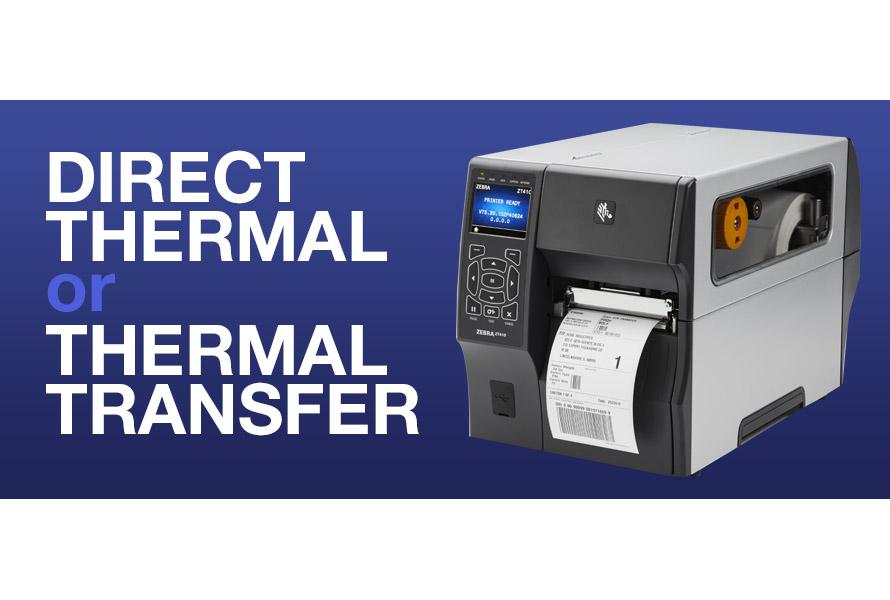When purchasing a
Thermal Label Barcode Printer, the first, and most crucial decision to make, is whether to invest in a Direct Thermal or a Thermal Transfer Printer. Your preferred method of printing will be dependent on the requirements of the labels themselves. Factors such as label lifespan, material used, the application of labels and the label environment, all affect which option is the best for your business solution.
Direct Thermal Printing
Direct thermal printing passes heat sensitive media through the printer against a thermal print head. This causes it to react to the heat and blacken, creating the image. Direct Thermal printing does not require any ink, toner, or ribbons, vastly reducing the costs of printing. The simple designs and limited maintenance required make direct thermal printers extremely easy to use.
The lifespan of direct thermal labels varies depending on the conditions they are kept in. Generally a direct thermal label will last 6-9 months, but this can be extended by storing it indoors within cool environments. Alternatively, harsher environments will reduce this time period. Due to the heat sensitivity, any encounter with heat will cause the paper to turn black making direct thermal only workable in cooler environments.
The biggest advantages with direct thermal printing come from the costs. With no ink or ribbons required to print, only direct thermal labels are needed to get started. This ease of setup makes direct thermal printing perfect for large amounts of labels for short term usage. With no ribbons to change there is also very limited printer downtime in comparison to thermal transfer printing, which requires ink ribbons to be replaced when they run out.
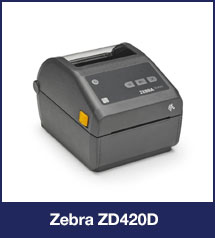
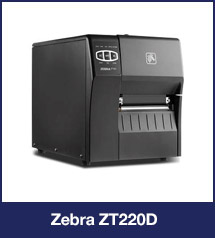
Thermal Transfer Printing
In thermal transfer printing the printhead heats an ink ribbon, melting the ink on to the label material passing through the printer. This technique offers significantly improved print quality in comparison to direct thermal printing, as well as being much longer lasting. Improved durability on thermal transfer labels also offers a huge benefit, with certain materials offering resistance to more extreme weather conditions and chemicals. The printhead will generally have a longer lifespan due to not coming in to direct contact with the label material, as happens with direct thermal printing.
Printer configuration is also something to consider, with thermal transfer printing offering greater challenges in this regard. The extra hardware to incorporate the ribbon makes these printers slightly more expensive than simpler direct thermal versions. With more parts to accommodate the ribbons, thermal transfer printers experience more downtime from wear and breaks in this additional hardware. On top of this, it takes several minutes to change the ribbon over, causing more disruption in printing schedules. To reduce this as an issue, certain models of printer can use larger ribbons of up to 600m in length, meaning fewer ribbon changes and in turn less printer downtime.
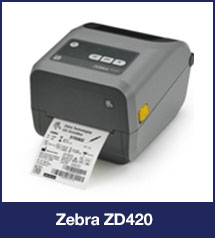
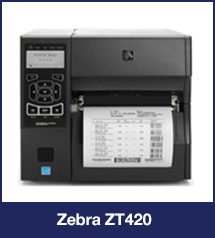
| Direct Thermal |
Thermal Transfer |
| Advantages |
Disadvantages |
Advantages |
Disadvantages |
| Cheaper Running Costs
Simple to Operate
No ink required |
Unsuitable for harsher environments
Image fades if left in direct sunlight
Labels for shorter term use only (6-9 Months) |
Much Longer Lasting
Can Print on a wide range of materials
Suitable for Outdoor and harsher environments |
Higher Running Costs
Correct Ribbons Required
Longer Printer Downtime |

